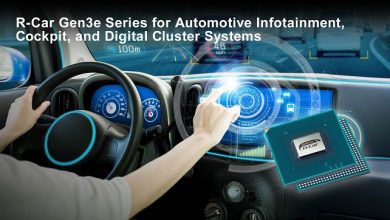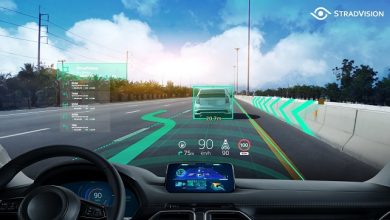Increasing demand for innovative features propels the Global Connected Cars Market
Frost & Sullivan‘s recent analysis, Global Connected Cars Outlook, 2021, finds that COVID-19 has unlocked massive opportunities for the connected cars industry due to the significant increase in technology implementation in this space. Demand for innovative features such as bio-based health monitoring and non-touch-based haptics such as gesture recognition has increased due to the urgent need for driver protection and risk aversion. In 2021, the global sales of new vehicles with connectivity features are estimated to reach 50 million units after an 8% dip in sales in 2020. This study includes insights on key connected car and auto IoT (Internet of Things) trends, the need for EV services, regional predictions across the United States, Canada, Europe, China, Japan, South Korea, Latin America, and more.
“With the rise in demand for innovative features in cars, automakers, suppliers, and technology providers are shifting to new business models, focusing on a software-oriented business approach as a more viable means of revenue generation than a hardware model,” said Ashwini Suvarna, Mobility Research Analyst at Frost & Sullivan. “Over the next three to five years, automakers have to evaluate ideal software strategies to stay relevant and compete, which requires a fundamental overhauling of electrical and electronic (E/E) architecture, operating systems, and cloud competencies.”
Suvarna added: “As 5G adoption accelerates in 2021, it will pave the way for data-rich services and vehicle-to-everything (V2X) applications for autonomous driving (AD), and 4%-6% of new global vehicle shipments will have 5G-based telematics control units (TCUs). Further, with the evolution of the human-machine interface (HMI), augmented reality (AR)-based central and head-up displays (HUDs) will appear on new vehicle models. Digital assistants (based on smartphones) will be available on all vehicles.”
Market participants should focus on the following growth prospects:
- Telematics will be a Key Ingredient for Software-oriented Businesses: Technology companies and start-ups can offer automakers next-generation applications and services and provide a roadmap for implementation in each vehicle type.
- Renewed Interest in In-vehicle Entertainment: Suppliers, technology companies, and start-ups in the consumer electronics space will have to draft exclusive strategies for connected vehicle entertainment. This domain holds substantial potential for growth.
- Feature-on-demand (FoD) to Generate Potential Customer Hype in Connected Services: Tier I suppliers must transform their businesses to provide hardware and software solutions, assist automakers in decoupling software, and offer support for the launch of FoD in vehicles.



